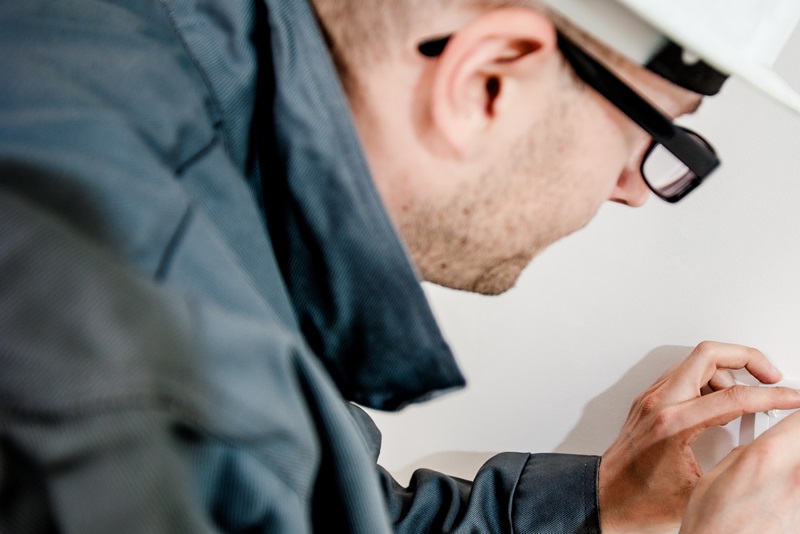In case if you think that maintaining your boiler in good condition is a difficult task, it really is not. When you do necessary boiler repair when required and when you follow these tips to maintain it in good condition, you don’t have to worry about higher energy bills or poor heating due to faulty in your boiler.

For some of us, a boiler is our best friend during the winter. That’s why it only makes sense to take proper care of it. In fact, periodic maintenance of a boiler can improve its overall efficiency and save you money in the long run. Conversely, lack of proper maintenance can make it faulty and turn it into a real health hazard.
Therefore, boiler repair and maintenance is necessary for increasing both safety and its lifespan. While you can easily do the boiler repair when you contact your local contractor who is well experienced in repairing boilers, below are some of the tips to keep in mind in order to keep your boiler in good condition.
There are no complicated steps involved. Just follow these tips below to get started –
Maintain proper water pressure
Every boiler will lose their pressure with regular use. If your boiler is not within the recommended pressure of 1-1.5 bar, it will lose its efficiency and may not work properly.
A simple way to check the pressure is to see the pressure gauge of your boiler. If it is low, be sure to top it up without delay.
Lag the pipes
The external condensate pipe of your boiler can freeze or even burst in temperatures lower than 0-degree Celsius. One solution is to keep the boiler running in the low setting if you don’t want to keep pouring warm water every now and then.
A better solution is to cover your pipes with materials that can insulate it from the cold. You can find ready-made pipe lagging materials in most DIY shops.
Bleed radiators
If your boiler is making strange noises and is not heating up properly, there is fairly a good chance that some air bubbles are trapped inside the heating system. A simple fix is to bleed the radiators and top up the water level.
Step by step instructions for bleeding the radiators are given below –
- Gather the bleed key, a large towel and a tray for collecting water.
- Run the radiator at max setting for 10-15 mins for circulating water inside the radiator and ducts.
- Switch off the system and wait for 10 mins.
- Turn off the radiator valve of the radiator that is closest to the heating system. Keep a towel handy and place the tray below the valve.
- Insert the bleed key into the bleed valve and turn it slowly until the hissing noise stops and water leaks out. Then close it again.
- Do this for every other valve in order and turn on the heating system once your work is completed.
- Check whether the water pressure is within the recommended level and top it up if necessary.
Assure adequate ventilation
Your boiler should be placed in a clutter-free zone for it to work properly. This also makes sure that it is easily accessible whenever you need to do so.
It is recommended that you follow the instructions outlined in your operator’s manual.
Make sure your boiler is serviced annually
It is recommended that you get your boiler serviced by a Gas safe engineer at least once a year. They have the proper knowledge to identify faults that we may overlook on our own and fix them before it become severe. Therefore it is a good idea to service your boiler even if it seems to work fine. Make sure to service your boiler just before the winter sets in so that it can serve you when you need it the most.
Above are some of the Boiler maintenance tips that you should know in order to own a quality boiler and to enjoy it in full efficiency. Do you have any other ideas on maintaining a boiler? If so please share below.

 by
by 

